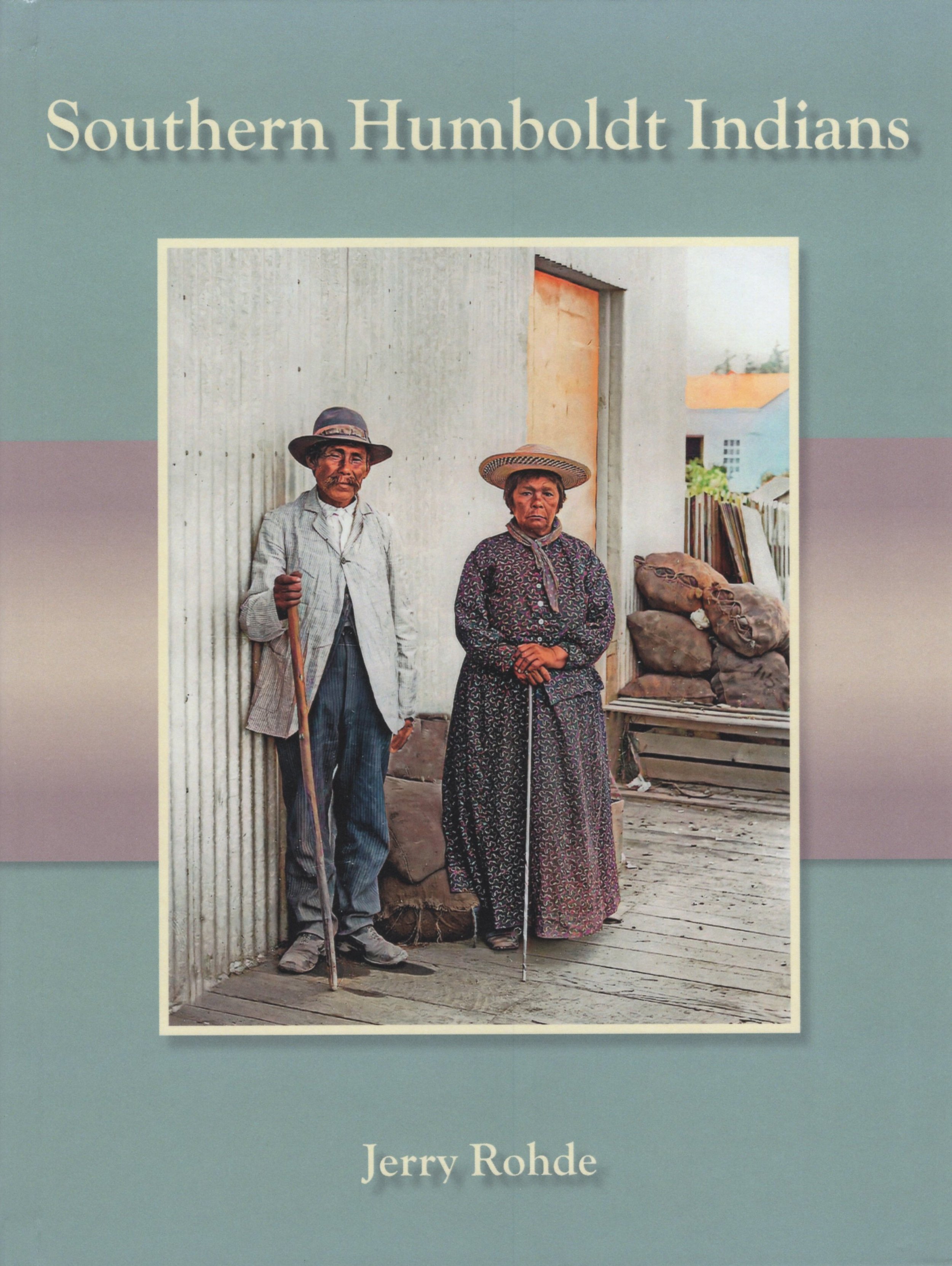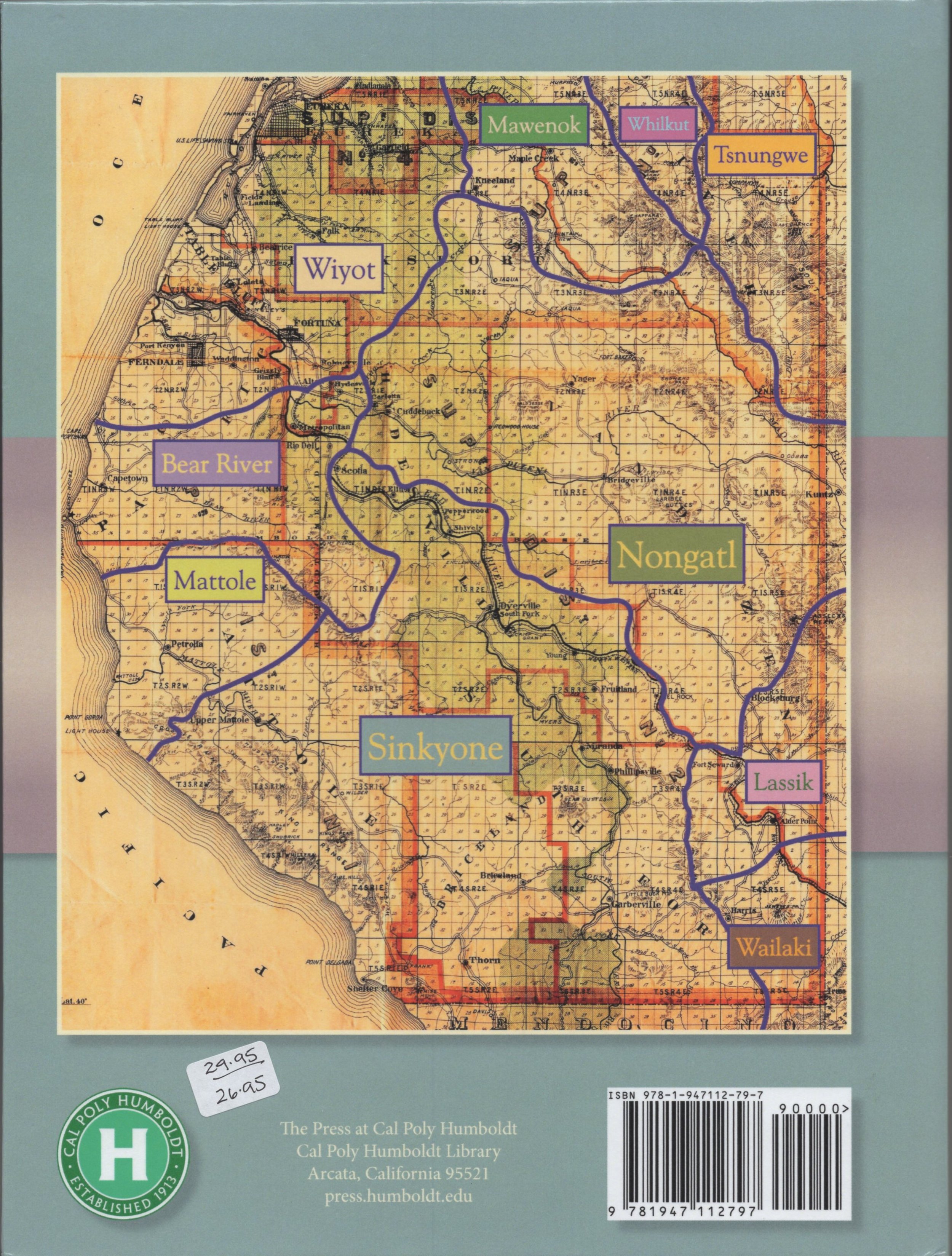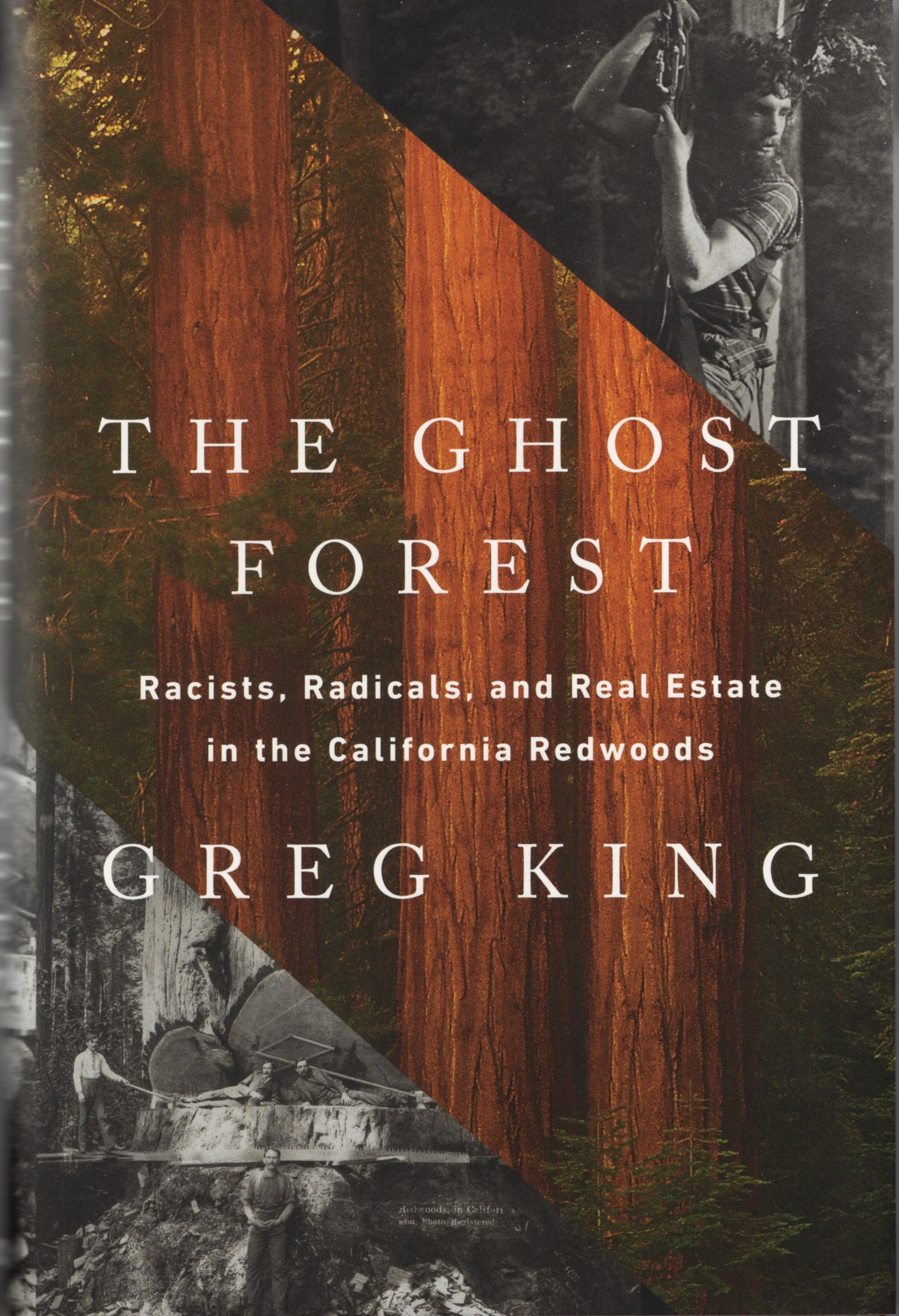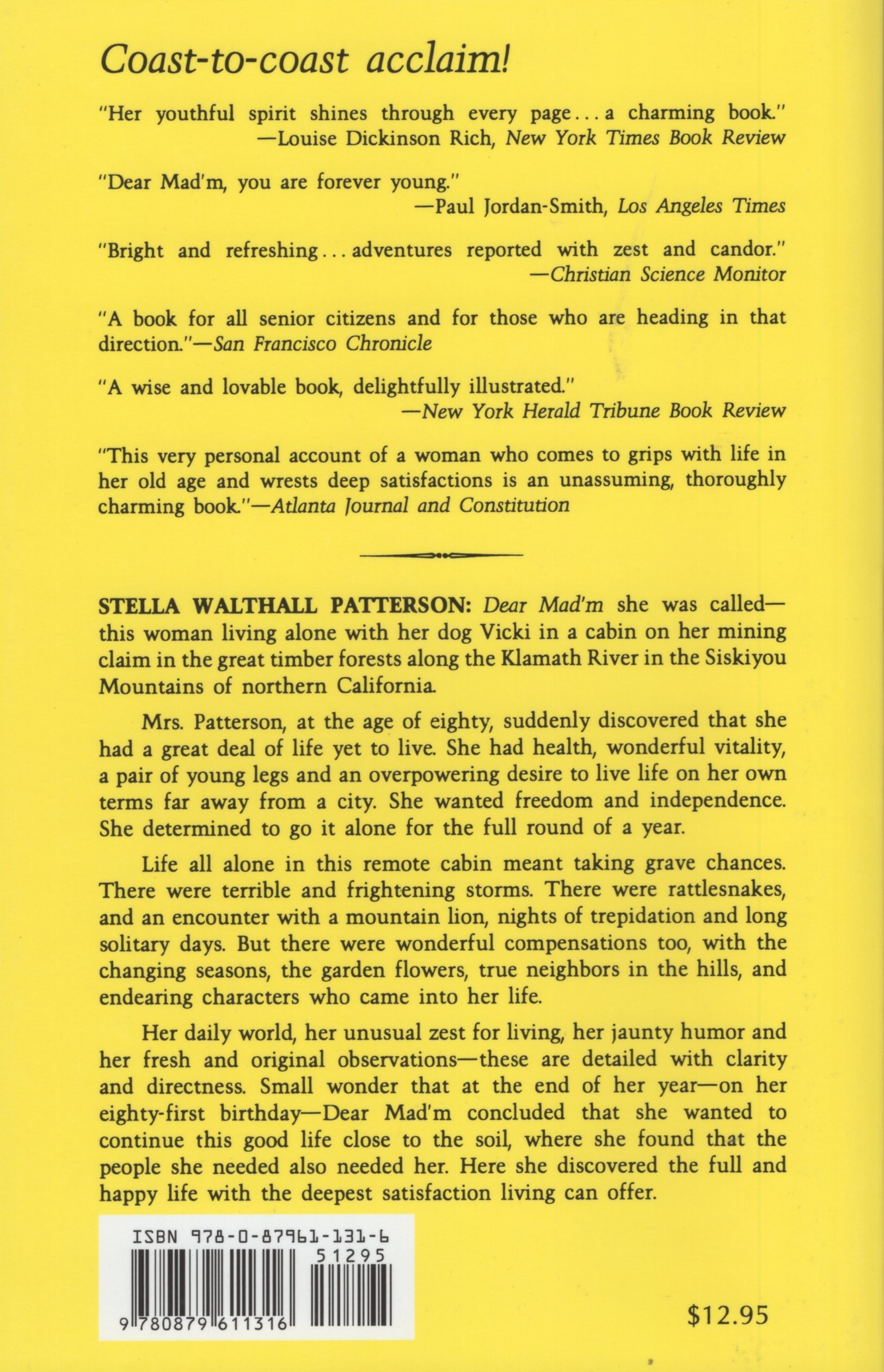Southern Humboldt Indians


Southern Humboldt Indians
Now on the shelves at the Historical Society bookstore is one of the latest works by respected local historian, Jerry Rohde, Southern Humboldt Indians. Based on the work of diligent researchers in the early 20th century, the book reconstructs the life of our indigenous people before 1850, the arrival of white settles, and the subsequent cultural and physical genocide.
The first chapter focuses on the work of ethnographers and records of their research and interviews. Rohde puts particular emphasis on the under appreciated work of Pliny Godard and squabbling between academics. Chapter Two goes on to the somewhat different traditional life styles, building types, and food gathering techniques between Indians in the south and those in the north of Humboldt. It also talks of the many small tribal sub-groups in the area and the nature of their interactions and boundaries.
The third chapter details the period of mass slaughter, cultural disruption and removal that the area's Indians experienced -- actions that sometimes eliminated entire tribes. This section details several specific incidents and the involvement of the U. S. army and of Ulysses Grant and Fort Humboldt.
Chapter Four presents the area's numerous "tribal groups" that identify more with place rather than with the "tribes" that the whites usually lumped them into. The narrative notes the specific places and natural features special to each group, often filling out their stories with people and events. These tales, based on the early ethnographers' interviews, give enticing life to this book as do the many colorized historic photographs and maps. As could be expected of Jerry Rohde, the thorough end notes and listed sources give an academic foundation to what at times are very enlightening personal reminiscences.
As the author says in his preface, "More than a century after they had spoken, these early Indians will be heard. All of us who make Humboldt County our home deserve to have access to this information".







